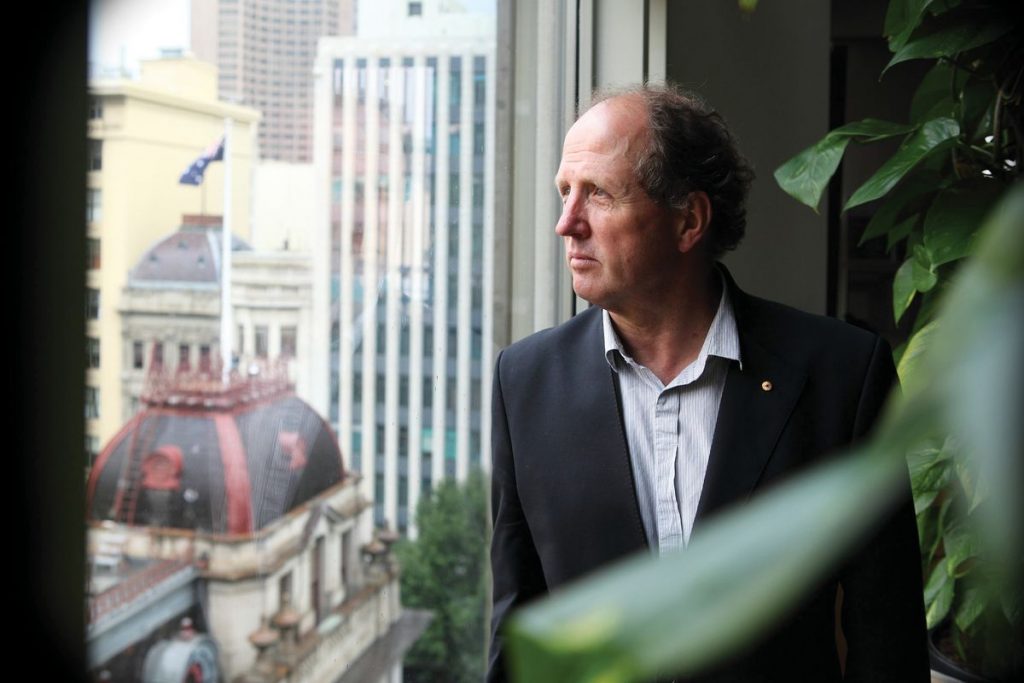
Part of the UDG and AoU joint Symposium ‘The Fifteen Minute City’
Prof. Rob Adams, General Manager, City Design, City of Melbourne
We are delighted to announce that Prof Adams will join us on the morning of Friday 18 September to discuss how Melbourne has for many years set the target of becoming a walkable city.
Melbourne is currently subject to “Stage 4 restrictions” with curfews and people restricted to remaining within a 5 km radius of where they live.
Rob Adams writes…
“For many in the inner suburbs this was not to be a problem as areas such as Fitzroy, where I live, have long been walkable neighbourhoods with all the characteristics of a successful piece of our metro-city. With mixed uses, a high density, excellent connectivity, a high-quality public realm and local character all within easy walking distance it has all the essential ingredients of successful cities. Unfortunately for a much larger part of Melbourne’s population living in the outer suburbs this is not the case and many would find very few of the above characteristics within walking distance of where they live. These dormitory suburbs have for many decades been touted by successive governments as the ideal low-cost living environments. To the contrary, they are in fact far from low cost requiring high levels of car ownership to function at all. Their characteristics are isolation, long commutes, high instances of family violence, financial stress, low environmental standards of construction and poor personal health outcomes. It is now accepted following extensive studies that if you live in one of these areas you are more likely to suffer from heart problems than those living in the inner city. Reliant on the car you will on average walk for 7 minutes a day in comparison to those in the inner suburbs who would walk for on average 42 minutes.
While COVID has for many in these outer areas reduced the time spent commuting to work, as working from home has become an accepted alternative from office work, this population has found itself significantly poorer in its access to the facilities found in the inner city.
This presentation will look at how car orientated cities like Melbourne can use the post COVID environment to address these shortfalls and put in place strategies that will over the following decades produce more walkable neighbourhoods with many of the characteristics of areas such as Fitzroy. How, by introducing a few changes to the way we are currently building our cities, we can ensure that these neighbourhoods far from being disadvantaged to the extent they are today can gradually become socially cohesive, financially vibrant and environmentally sustainable and in doing so save billions of dollars in future infrastructure expenditure.
We all know that cities drive our GDP and produce the majority of our greenhouse gases, they are also increasingly the place where most of us now live, failure to recognise the shortfalls of a business as usual approach to planning them, will confine the vast majority of our future populations, to a significantly lower standard of living than if we are to learn from the experiences of COVID and make the changes we need to secure a better future for city dwellers.”
Event information